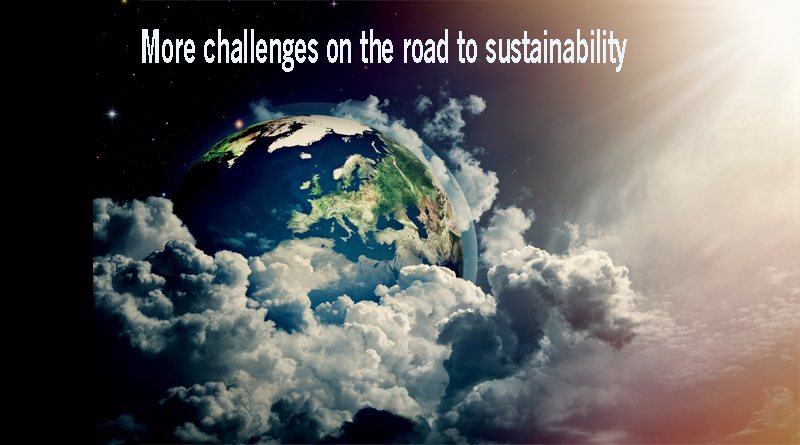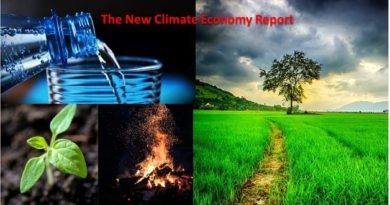As the world hits the million MW mark in renewables, the party’s been postponed

Late last week, reports started coming in of a consensus number for solar and wind installations. It appears the world had finally crossed a million MW, or 1 TW in terms of solar and wind installations. This is a milestone that has been achieved at least 6 months to a year ahead of estimates made 5 to 10 years back, and to that extent, is a cause for celebration. In fact, if we were to consider Hydropower in renewables too, then we have comfortably crossed the 2 TW mark by now.
The crossing of 1 TW for Solar and Wind, a relatively young sector, is a lot of progress, thanks largely to two big factors. The China factor, and to an extent, the progress of the sustainability movement has made. The China factor has been critical not only because the country’s manufacturing muscle forced a drop in costs for the whole sector, but also the emergence of China itself, and lately, India, as key consumers too.
But as luck would have it, even as the industry looks back at the huge strides it has made, the road ahead is probably more challenging than ever. Consider just one stark fact. For the first time in four years, coal demand in 2017 actually went up!
This anomaly is because of three key factors.
One, the end of subsidies. It is no secret that the solar and wind industry have benefited tremendously from state subsidies from North America to Europe to Asia. In most of the countries, those subsidies are on their way out or being reduced due to fiscal reasons. China, as always, started the move, by shifting to an auction system for bidding, followed quickly by other countries, including India. While this has reduced prices sharply, the jury is still out on whether these new prices are sustainable. In the US too, the Trump admin has been cooling off on renewables, led as it is by a President who refuses to accept climate change, and has been a very tough ego to shift on almost any issue where he has made up his mind. The battle has been left to individual states there, with states like California and Florida going their own ways. However, while one door closes, another has opened, in the form of institutional financing for renewables, which was not so good earlier. So yes, assuming that quality and maintainance concerns can be managed, there is enough momentum to keep the growth coming. And remember, the good news is that the next TW will be much cheaper, thanks to continuously sliding prices still.
Reason 2 has to be the grid. Put simply, grids power transmission grids globally, notably in China and India are simply untested, or inadequate, to handle the intermittent power that renewables provide. Even as these grids are being upgraded, for countries like India at least, peak renewables might be getting close, at least in terms of the ability of its grid to handle the quality of renewable power, combined with issues around financing, ability to get paid for the power generated and more. And with India, the current no. 3 and future no. 2 struggling, the prognosis for the overall industry cannot be good. Investments into the grid, while at the same time rationalising energy costs which could otherwise cripple local industry will be critical. India benefits from knowing exactly what is wrong, what has been missing is the political will to fix it.
Finally, we come to the third and possibly most critical reason. A vast part of the global industry is intimately linked to what we call ‘dirty fuels’ now, and they are in no hurry to change. Be it agriculture (fertiliser), auto, chemicals (plastics and more), metals, cement… the list is quite long, and eventually touches everything we see around us. These industries will always push back against urgent change, as a business imperative(which sounds bad enough), or even because of a lack of alternatives. Both of these challenges, dependent as they are on the political will to force change or investments to drive more open innovation, are remarkably tough to manage, as we have already seen.
Notice the sudden announcements of ‘commitments’ and ‘pledges’ to phase out plastics, single use or otherwise, years into the future by global majors. While these statements signal an acknowledgement of the problem, left to themselves, it is clear that corporates would like to keep it voluntary, which is already sounding like a completely unsustainable idea.
What should be the way out, now that awareness looks set to hit new highs, much like the temperatures worldwide this year? More on that, next week!




